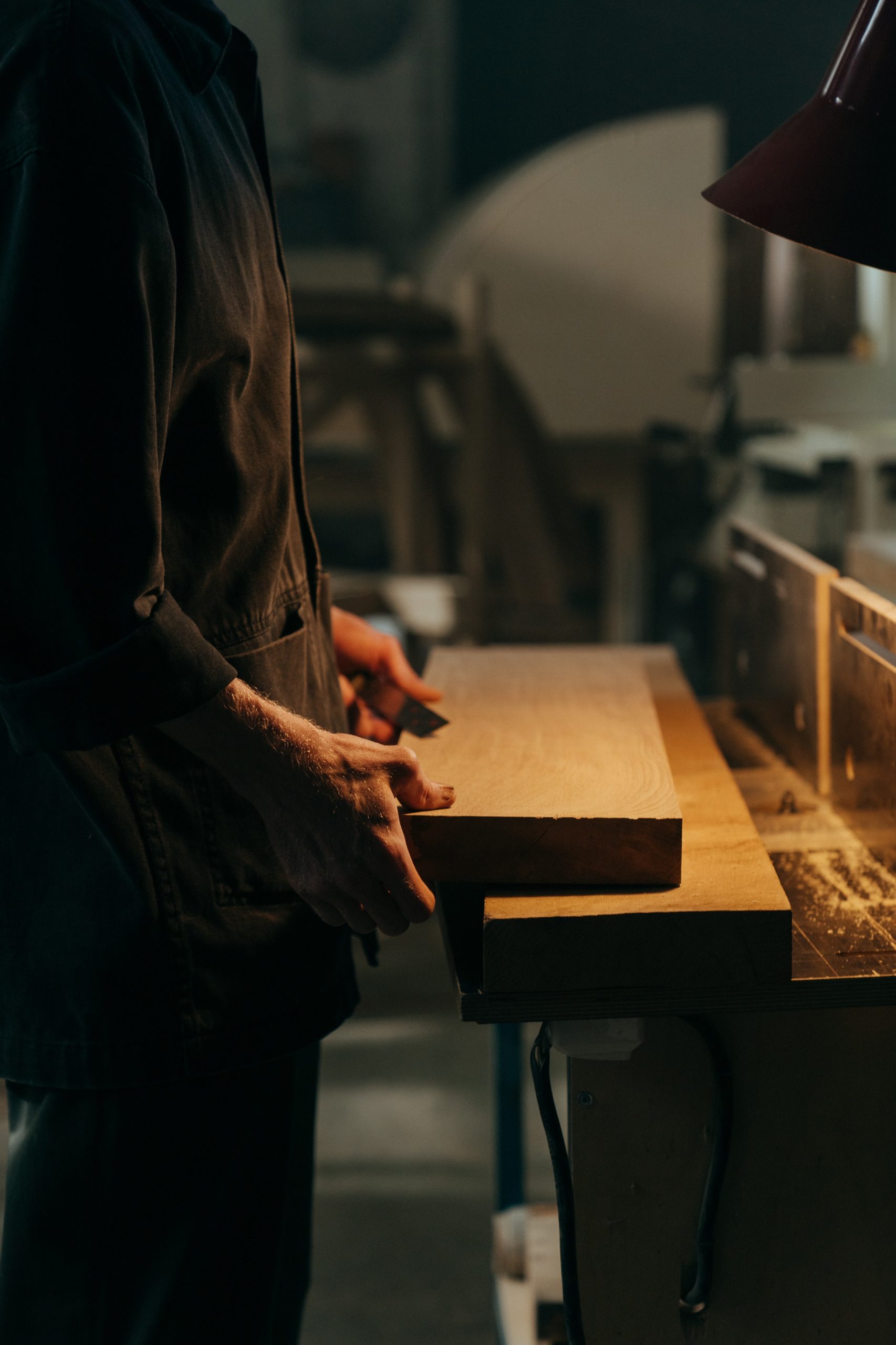A drywall is a layer of gypsum sandwiched between two sheets of paper or fiberglass. Plaster is a paste-like substance applied over blue boards and is usually used during restorations of older homes. Before hiring a contractor to install your drywall, make sure he’s a member of the Association of the Wall and Ceiling Industry (AWCI). He should be licensed, insured, and bonded. He should also be able to provide you with a written estimate for the project.
It will take two pros about an hour to put up a 12-foot-long sheet of drywall. You might need more than one sheet if the walls are more than 8 feet tall. In addition, the longer sheets are heavier than, the shorter sheets. Therefore, it can take longer to hang drywall on more towering walls.
The duration of the project depends on several factors. An experienced crew can complete a 1000-square-foot house in three to seven days, while an inexperienced team can take a week or more. The bigger the house, the longer it will take to complete the project. A 2500-square-foot home can take up to ten days for drywall installation.
Before putting up drywall, you should measure the width of the walls. Then, use a stud finder to mark the studs. Some studs are on 16-inch centers, and some are on 24″ centers. Some may be about a half-inch off in either direction. These imperfections are typically the result of sloppy carpentry. The drywall end pieces must fit inside the center of the stud. If not, you might have to cut the drywall pieces to fit.
Drywall sheets are available in four-by-eight-foot sheets. Commercial suppliers may also sell nine-, 10-, and 14-foot sheets. In some cases, you can even buy flexible drywall, which is ideal for curved surfaces. Wear safety goggles and tinted glasses to protect your eyes regardless of what type of drywall you choose. Also, use a dust mask to protect your face from minor irritants.
Before applying drywall, make sure you have prepared the walls and any exterior corners. In addition, apply a generous amount of mud to the seams. Tape should also be pre-cut and lightly dampened before applying it. Some contractors recommend not using fiber or perforated tapes because they will require additional mud and sanding.
Measure and mark if you’re putting drywall over an electrical box. It would help if you also marked the end of the panel. You can screw it to the box, but you should not nail it to the stud. This increases the risk of it breaking. Also, don’t force the boards together. This can result in gaps in the panels, which will require filling in later.
Drywall installation isn’t rocket science, but learning the basics can speed up the process and make it easier. Drywall is one of the easiest and least expensive construction materials. It costs only a few dollars per square foot so you can save quite a bit. And the money you’ll save on drywall can be used for other projects, such as furnishing a new room.
